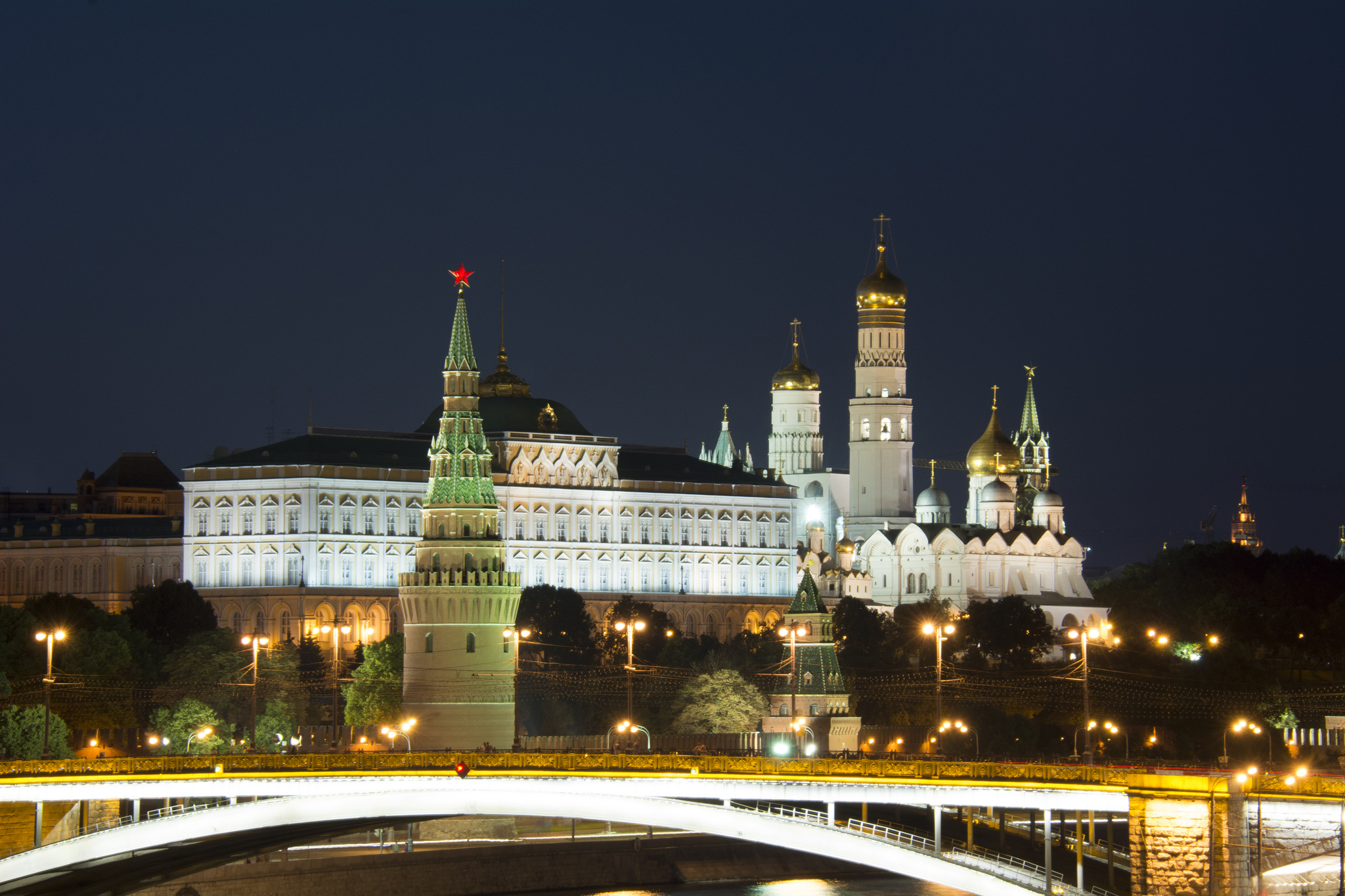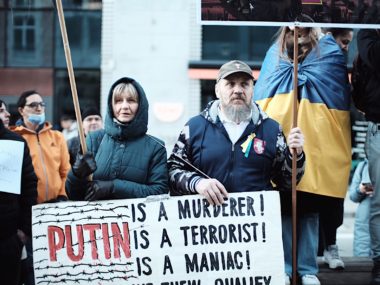Guest post by Kristina Hook.
“Hybrid warfare is the new normal,” announced NATO Assistant Secretary General for Emerging Security Challenges Antonio Missiroli at November’s NATO-Ukraine Forum in Kiev, Ukraine.
He spoke these words at a fitting venue: Ukraine holds the dubious honor, along with Georgia, as the world’s two nations who have experienced the full gamut of Russia’s modern hybrid war tactics. These methods operate through a mixture of kinetic violence and subversive tactics to destabilize while avoiding retribution. Grounded in historic military strategies, a crippling cyber-attack against Estonia in 2007 signified an emerging form of political violence. The later invasions and annexations of Georgia in 2008 and Ukraine in 2014 demonstrate the Kremlin’s particular hybrid strengths, including exploiting international law by couching their presence in these countries as humanitarian or anti-piracy.
Russia’s asymmetric warfare against their neighbors constitutes a broader strategy of destruction and/or disruption against the Euro-Atlantic community. Since 2014, the Kremlin has meddled in Syria, Ukraine, Montenegro, France, Germany, the United Kingdom, and the United States, while escalating internal messaging that the US and NATO are the “real terrorist organizations.” Their multi-pronged success is linked to Russia’s post-Soviet reality of control through chaos and the notorious overlap between state, non-state, and criminal enterprises. While their intelligence apparatus is believed to synchronize soft and hard power approaches, the diversity of actors—hackers, propagandists, criminal gangs, businesspersons, and volunteers—obscures individual events that conveniently support Russian state interests.
After November’s US midterm elections—and a joint governmental statement maintaining no indication of election infrastructure compromises—it is tempting to consider hybrid strategies as a temporary aberration. However, this false sense of security holds another danger; it invites Western debates to rage over discrete issues like troll factories when a holistic view—with essential roles for civil society and state institutions—is needed.
Presently, the most significant strategic gap is measuring success in the hybrid arena. A military attack may invite a military counter-attack, but do such rules apply for election meddling? A sense of proportionality guided international community sanctions against Russia, but questioning their effectiveness leads to deeper queries like How is success in hybrid warfare defined? and Is it possible to win a hybrid war?
As we take stock of this slippery form of political violence—in which the Kremlin’s indirect and direct, military and non-military actions are used in peaceful and non-peaceful contexts alike—a strategic shift is occurring. Recognition is growing that hybrid strategies do not differentiate between national borders or between public or private spheres: last year’s NotPetya cyber-attack shut down governmental technologies while also costing private businesses over one billion dollars.
Another positive indicator of a crucial strategic and psychological shift is the growing willingness of governmental representatives to eschew more comfortable narratives for more accurate, politically courageous descriptions. Western states have called for Russian accountability for the MH17 airplane disaster, while firmly pushing back against propagandistic “civil war” descriptions in Ukraine in favor of calling it a “State to State conflict.” After the Salisbury nerve agent attack the international community’s coordinated response was a marked improvement since the Crimean annexation, although an even stronger response was warranted.
While we cannot conjure new resources, I propose that we can apply them more effectively by viewing hybrid warfare as a multi-sector strategy stretching horizontally and vertically into democratic nations. This framing necessitates that states and civil society have distinct but equally important roles to play against hybrid threats. Such actions can include:
Revamping Partnerships:
- Public-to-civil society, including meaningful processes to incorporate the expertise of citizen information gathering groups like Bellingcat
- Public-to-private, in recognition of shared threats
- Transnational intelligence sharing, improved through a slow process of trust and capacity building (preliminary steps include creating relevant-but-nontraditional working groups, like on Russian organized crime)
Public Education about Hybrid Threats:
- Their Existence: Modeled after public hygiene campaigns, Estonia has achieved an impressive 50% public awareness of cyber threats, as compared to a global average of 10%.
- Their Goals: Disinformation strategies often work to escalate both sides of contentious domestic issues
- Their Limitations: Countering hybrid threats is possible. This message should be spread through publicly available online courses like those created by the UK’s Safer Internet Centre and through public support of cyber training at undergraduate and graduate levels—a vital step for building the next generation of cyber security experts.
Ironically, the first step to this global problem begins in each country’s domestic arena, as hybrid threats are often “more political than military.” Drawing from a growing body of literature, I suggest that serious, honest, and non-politicized self-appraisals quell the effectiveness of hybrid strategies that rely on fomenting chaos and division around contentious domestic issues, as does a commitment to democratic values including the rule of law, anti-corruption, and balancing security and liberty. Moreover, while the particular form hybrid warfare discussed in this article is most closely associated with current Kremlin strategies against democratic societies, success breeds imitation. As we consider how hybrid strategies may be adapted by jockeying powers like China or Iran, we must also consider how to adapt preventative measures to new contexts with vastly different political traditions.
Kristina Hook is a PhD candidate at the University of Notre Dame and a current U.S. Fulbright fellow to Ukraine.






